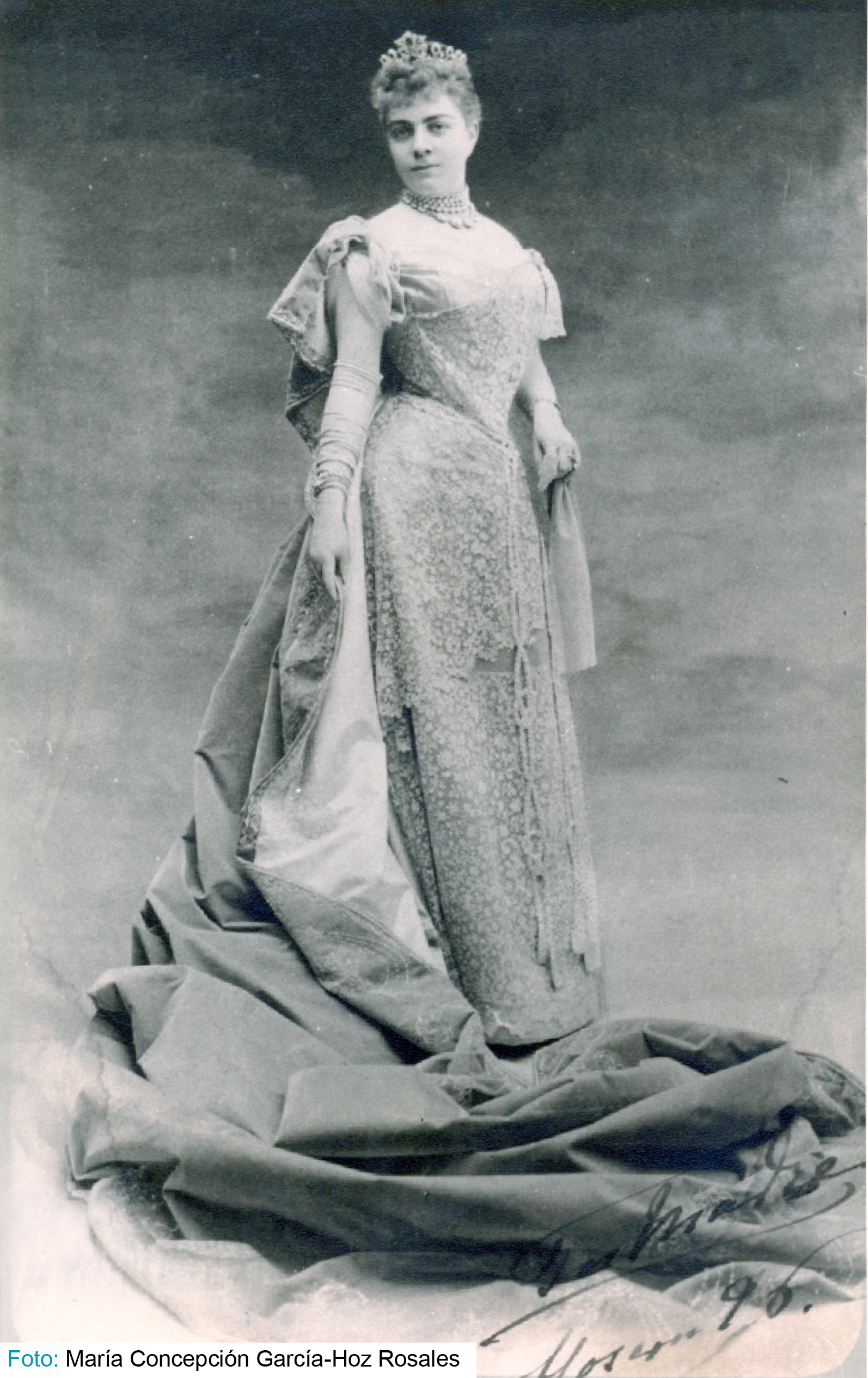La Casa del Rey Moro
The Casa del Rey Moro is a monumental ensemble unique for its historical interest as a key location in the history of the Reconquest and in the defense of Ronda throughout the centuries.
It consists of three parts: the water mine, the house and the garden.
- The Water Mine (one of the best conserved exemplars in Spain)
- The House, an amalgamation of several 18th century homes conceived by the Duchess of Parcent (currently undergoing restoration)
- The Garden, designed for the Duchess by Jean-Claude Nicolas Forestier in 1912 (the French landscape architect’s first recognised work in Spain)
Forestier’s Mediterranean-style garden combines elements of classic Hispano-Moorish garden design with the geometric layout of a French garden. It accommodates its outline to the solar strait in the uneven terrain in which it is found by means of three terraces. Additionally, it exploits the site’s full potential by including scenic overlooks with views of the El Tajo gorge and the mountains
The Water Mine is a complex feat of hydraulic engineering for military use; a vertical passageway carved into the wall of the gorge following the line of a natural crevice hidden within the walls of El Tajo. The tour of The Mine
takes you on a unique journey down through its galleries to the bed of the River Guadalevín (some 60 metres/200 feet below), a natural environment of great beauty.
The Water Mine and the Historic Garden are currently open to visitors.
The Duchess of Parcent: the great renovator
Trinidad voice Scholtz Hermensdorff was the great renovator of the Casa del Rey Moro and a remarkable promoter of the cultural life of Ronda at the beginning of the 20th century.

He was born in Malaga in 1867, in a wealthy family of merchants with ancestors in Ronda. At the age of 21, he married the Mexican diplomat Manuel Yturbe. Diplomatic activity led to marriage to reside in various cities throughout Europe and to relate to the international aristocracy. When she was 25 years old, Trinidad gave birth to her only daughter, Piedad.
But unlike other women in her position, Trinidad never resigned herself to the role of wife and mother. In his palace in Madrid, he gathered the intelligentsia of the time and thus came the idea of founding the Spanish Society of Friends of Art, aimed at protecting heritage. This was the origin of the Revista de Arte Español, published since 1912. She was also founder of the Philharmonic Society of Madrid.
He also stood out for his activity as an art collector, acquiring works in antique shops and promoting contemporary creation. One of the exhibitions he promoted recovered the memory of the Spanish regional costume and became the germ of the current Costume Museum. Many of the cultural events that I organized were charitable.
In 1911, on the occasion of the inauguration of the Hotel Reina Victoria, he spent a few days in Ronda. It was then when he decided to buy the Casa del Rey Moro. The Marquis of Salvatierra, its owner then, raised as a condition that the Duchess set her residence in Ronda, perhaps knowing the cultural impulse that would offer the city. And so it was: Trinidad bought the deconsecrated church next to the Collegiate Church and installed there the Charitable Teacher Center, an institution that offered apprenticeships to unemployed young people in Ronda while recovering the traditional handicrafts of furniture and weaving.
Meanwhile, he promoted important reforms in the Casa del Rey Moro: he acquired houses next to the main core of the house, to expand the construction and commission a garden. In both cases, the dominant style was neomudéjar, with reminiscences in the art of the Hispano-Muslim past.
Ten years after the death of her first husband, in 1914, Trinidad married Fernando de la Cerda, Duke of Parcent. It was from this marriage when she assumed the title of Duchess of Parcent for which she is remembered.
She died in Vienna, when she was 70 years old, after a lifetime as a benefactor of culture.